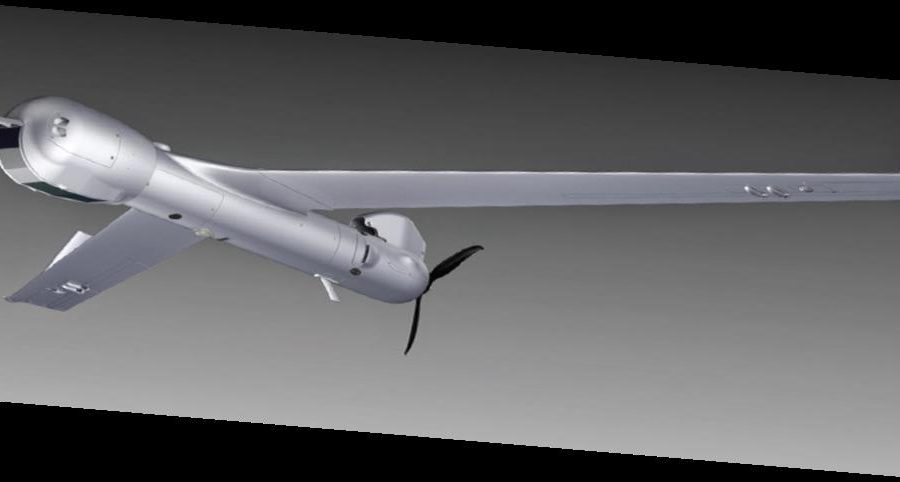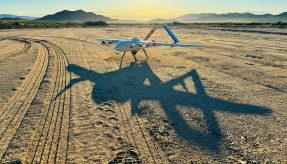
Sentient Vision Systems has signed an exclusive global distribution agreement with Insitu for the ViDAR (Visual Detection and Ranging) software for unmanned systems within the tactical UAS weight class.
Insitu will incorporate the ViDAR payload into its fleet of unmanned systems, beginning with its ScanEagle unmanned aircraft. The ViDAR software is built into the ScanEagle payload by Hood Technologies.
ViDAR is a wide area autonomous detection system for electro-optic imagery in the maritime domain enabling coverage over 80 times the ocean’s surface compared with existing electro-optic sensors. ViDAR transforms the utility of tactical UAS by giving them a ‘find’ function for the first time.
Operators typically must rely on larger, more expensive aircraft to detect objects in the ocean; ViDAR provides the find capability in a smaller, more cost-effective payload.
ViDAR fits a modular slice on ScanEagle that comprises a large backplane digital video camera that continuously scans the ocean in a 180 degree arc in front of the air vehicle. The software then autonomously detects any object on the surface of the ocean, providing the ground control station with an image and location coordinate of each object detected in real time.
The primary sensor can then be crosscued to the object by simply clicking on the image. In demonstrations, ViDAR has autonomously detected a fishing vessel at 14nm, a fast boat at more than 9nm and even the spout of a whale at 1.5nm from the aircraft.
Insitu Vice President Don Williamson said: “For two decades, Insitu has been at the forefront of customer-inspired innovation. Adding ViDAR’s capability to ScanEagle demonstrates our focus on continuing to deliver mission-critical technology for our global customers’ maritime ISR needs.”
If you would like to read more articles like this then please click here
autonomous detection system European & International International ScanEagle UAV UAS








